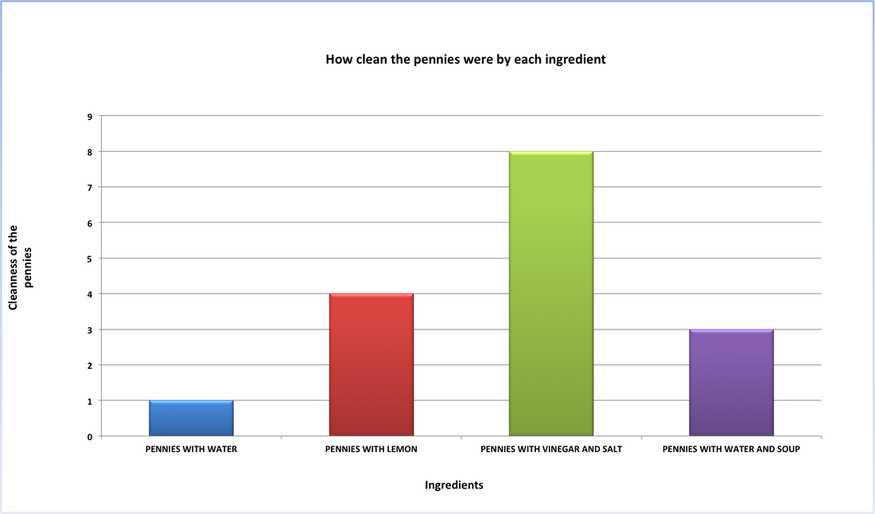

Remind students to include a title and labels on their graphs and to neatly color in each bar. Instruct them to create their first bar graph (Question 1) in the space provided and the second bar graph (Question 2) on a separate sheet of graph paper using the data provided in the table. Step 5: Direct students to the questions under "Work the Math" on the Bars, Lines, and Pies! Worksheet: Raising the Recycling Bar printable. A scale made of smaller intervals is better at illustrating small differences in bar height. (Point out the interval scale of the bar graph that you created.) Ask students how the graph would change in appearance if the scale were made of smaller intervals or larger intervals. This scale helps people visualize and understand the data. Step 4: When making a bar graph the data to be presented is used to create an appropriate interval scale. Step 3: Explain that one axis of the graph is where the grouped data (months) is presented while the other is a frequency scale (number of students) showing the quantity of each group. For example, 3 students were born in January, 7 in February, and so on. Use this data to create an example of a bar graph. Use a show of hands to record the number of students born in each month of the year. On the X-axis write the different months of the year and on the Y-axis a sequence of numbers from 0 to 35 at intervals of 5. Step 2: Draw an X-axis (horizontal) and a Y-axis (vertical) on the board. The higher the bar the larger the number or amount of data. Explain that the height of each bar is proportional to the amount of data the bar represents. Tell students a bar graph is used to display and compare information. Explain to students that they will be learning about bar graphs in this activity. Read the “Raise the Bar” sidebar as a class. Step 1: Distribute copies of the Bars, Lines, and Pies! Worksheet: Raising the Recycling Bar printable. Optional: Make a class set of the Bars, Lines, and Pies! Family Activity: Subtracting Waste = Adding Trees: Read All About It! printable to send home with students.Optional: Make a class set of the Bars, Lines, and Pies! Bonus Activity: Water Conservation: What Are the Winning Numbers? printable.Make a class set of the Bars, Lines, and Pies! Worksheet: Raising the Recycling Bar printable.

Optional: Bars, Lines, and Pies! Family Activity: Subtracting Waste = Adding Trees: Read All About It! printable.Optional: Bars, Lines, and Pies! Classroom Poster printable.Optional: Bars, Lines, and Pies! Bonus Activity: Water Conservation: What Are the Winning Numbers? printable.Bars, Lines, and Pies! Worksheet: Raising the Recycling Bar printable.
#How to analyse a bar chart how to#



 0 kommentar(er)
0 kommentar(er)
